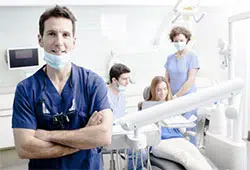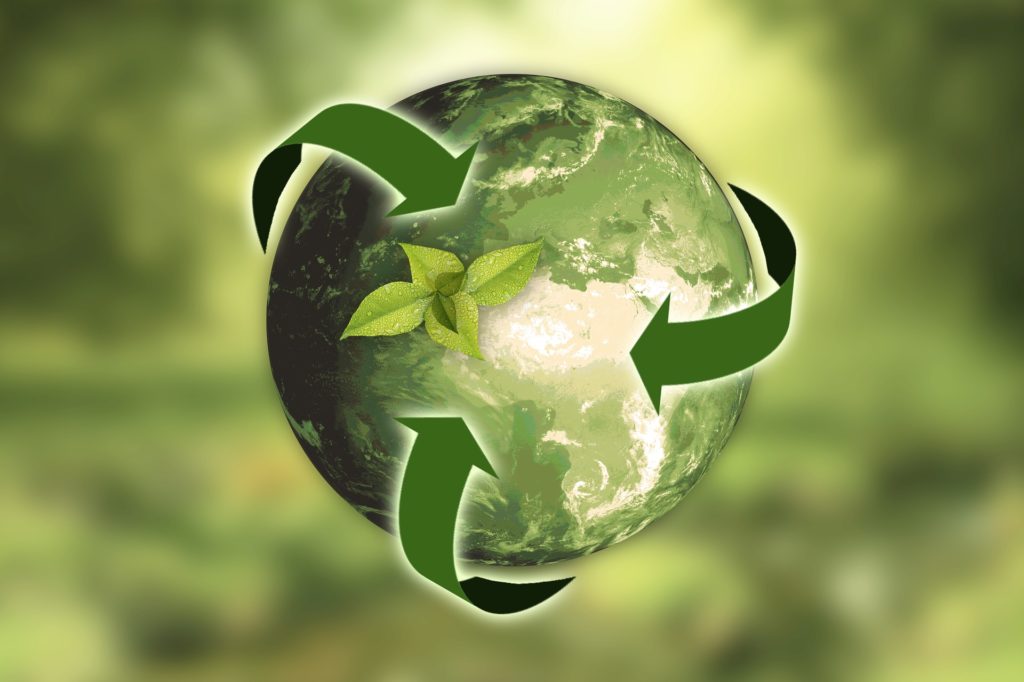No products in the cart.
Infection Prevention and Control
SUSTAINABLE COMPLIANCE: THREE PLACES TO START GOING GREEN IN 2020
Reused and reduced.
Recycled and repurposed.
Composted and compounded.
Historically in dentistry, we have been a high waste, non-reusable industry. We’ve tried, unsuccessfully, to reduce and reuse but there seem to be numerous obstacles in doing so, such as cost, compliance and regulations, and of course, patient perception of reusable items in a clinical environment. It seems that everything has become complicated and the simplistic and ‘greener’ lifestyle we all need is becoming more and more unattainable.
So, the question still remains – can dentistry really go “green”?
Can we reduce our waste, reuse items and in general, be more waste and energy-efficient?
As we move into 2020, let’s get back to basics and consider three areas in which a greener approach could be implemented with minimal intervention and cost.
Pouching vs instrument management systems.
There has been a move over recent years by many practices to pouch all instruments into kits or packs. While there are many benefits in doing so – the patient sees a pack ‘just for them’, it keeps instruments together in kits, it makes setting up trays quicker – there are also flaws in this approach.
Increased waste is a major factor and often, incorrect use of pouches plays a part. Overloading due to incorrect pouch size is common which affects sterility and pouch integrity. Instruments still need to be sorted throughout the re-processing workflow to be placed in pouches prior to sterilisation which increases the risk of sharps injuries and instrument damage.
Consider implementing an instrument management system including cassettes to reduce waste for those items that are classed as semi-critical according to the Spaulding Classification. This will reduce the waste from pouches for items such as exam kits and filling kits, reduce the risk of sharps injuries, protect the instruments from damage, reduce sorting and reprocessing times, therefore, improving efficiency. And the patient still sees a locked, shiny box just for them.
Barrier products and sticky wraps
Don’t be fooled into thinking that barriers, sleeves and sticky wraps keep things cleaner. In fact, they really just add a step to your reprocessing workflow as they are not a substitute for effective cleaning. If using plastic coverings, you must still clean surfaces after their removal and before placing clean sleeves.
By now, we are all aware of the damaging impact of plastics on our eco-systems, and anything we can do to reduce, if not eliminate, will certainly help.
Plastic sticky barriers are really more of a hindrance as the aggressive way in which they are often removed means that any particulate on the surface is ejected back into the environment. Barriers do still have their place of course – you may choose to protect delicate surfaces such as cameras and curing lights with them.
Detergents and disinfectants
In order for any detergent and disinfectant to be classified as clinical-grade, they must meet the following criteria:
- biodegradable
- free-rinsing
- non-toxic
- mildly alkaline for instrument reprocessing / neutral for surfaces
- non-foaming
- no colour
- no perfumes
Once you understand the function and efficacy of a clinical detergent, then you will soon realise that the use of disinfectants can be greatly reduced. An excellent starting point in going green with your detergents and disinfectants is to undertake a product review: What are you using? Where are you using it? Why? Do you need that many products? Do you know how each of the product works and are you using it correctly – from dilution, contact time, and drying? If you read the MSDS sheets of your products, you may be surprised by the toxicology information.
Many dental products marketed as ‘fast disinfectants’ often contain high levels of ethanol that pose a risk of inhalation. Any concentration above 50% causes local mucosal lesions from dehydration and can cause medical symptoms such as rhinitis and upper respiratory inflammation. High concentrations can also be harmful to fish and plankton.
There is a myriad of disinfecting products available but the majority of them have adverse effects on our own health or the environment. With an understanding of chemistry and cleaning, we can eliminate a lot of the toxic products currently used in the dental industry.
As with just about everything else, sustainability in dentistry will not be resolved or achieved overnight. However, there are things we can all do and areas we can reconsider in putting our efforts to help reduce our footprint in all our dental practices. Hopefully, this gives you a good starting point to move into the new decade with some ideas to be kinder to our planet.



 Coaching Solutions
Coaching Solutions














